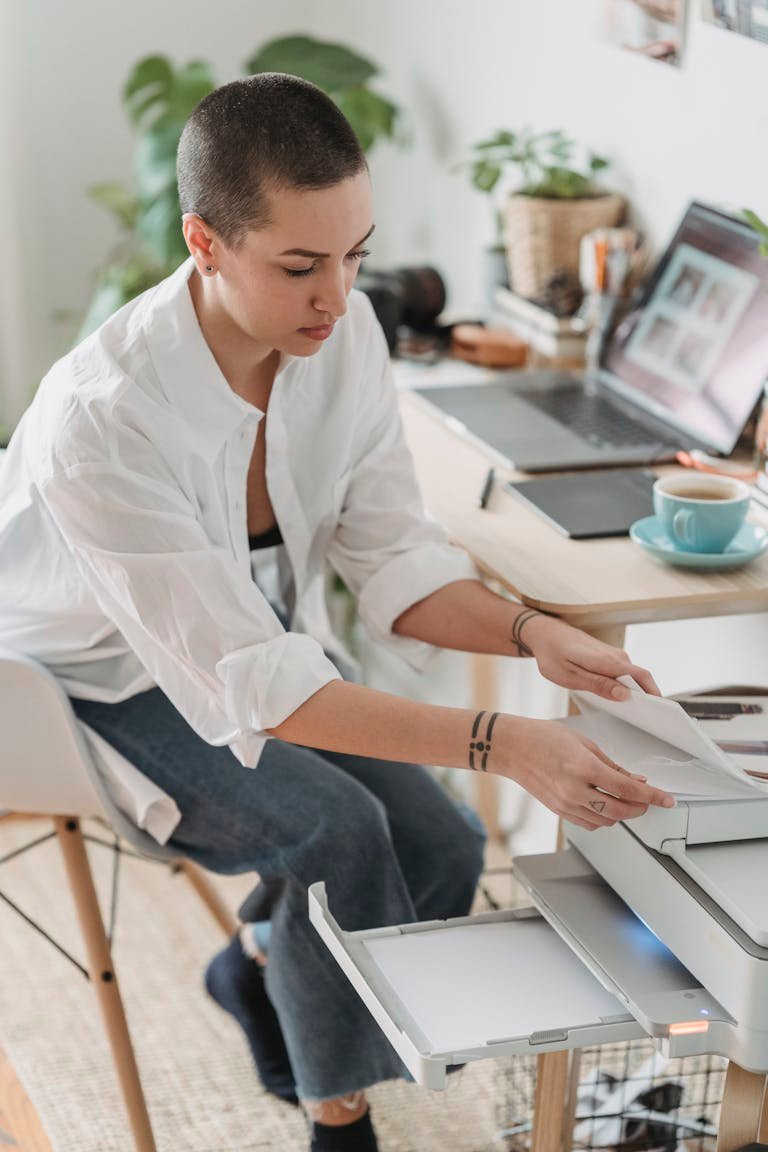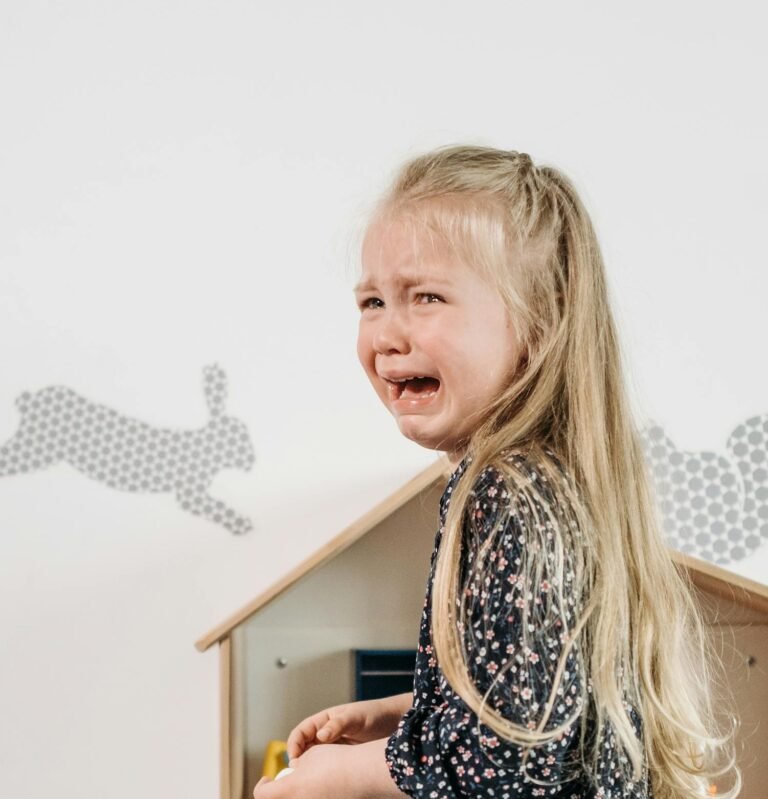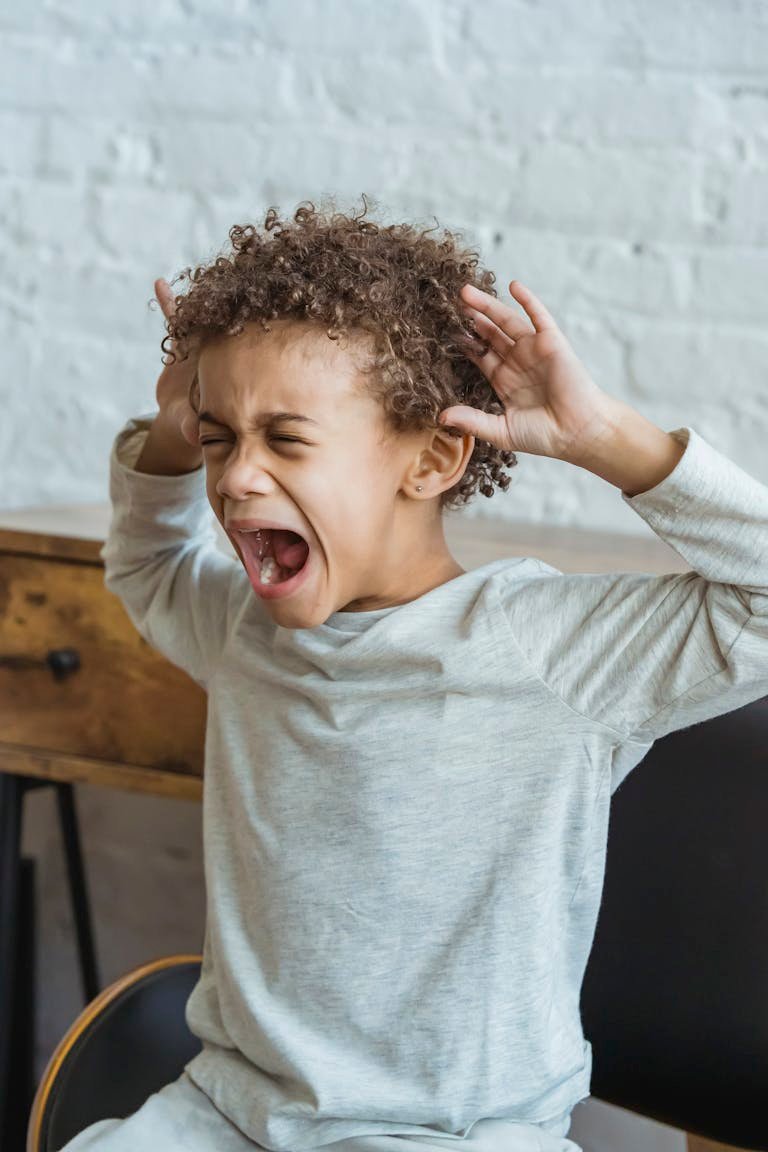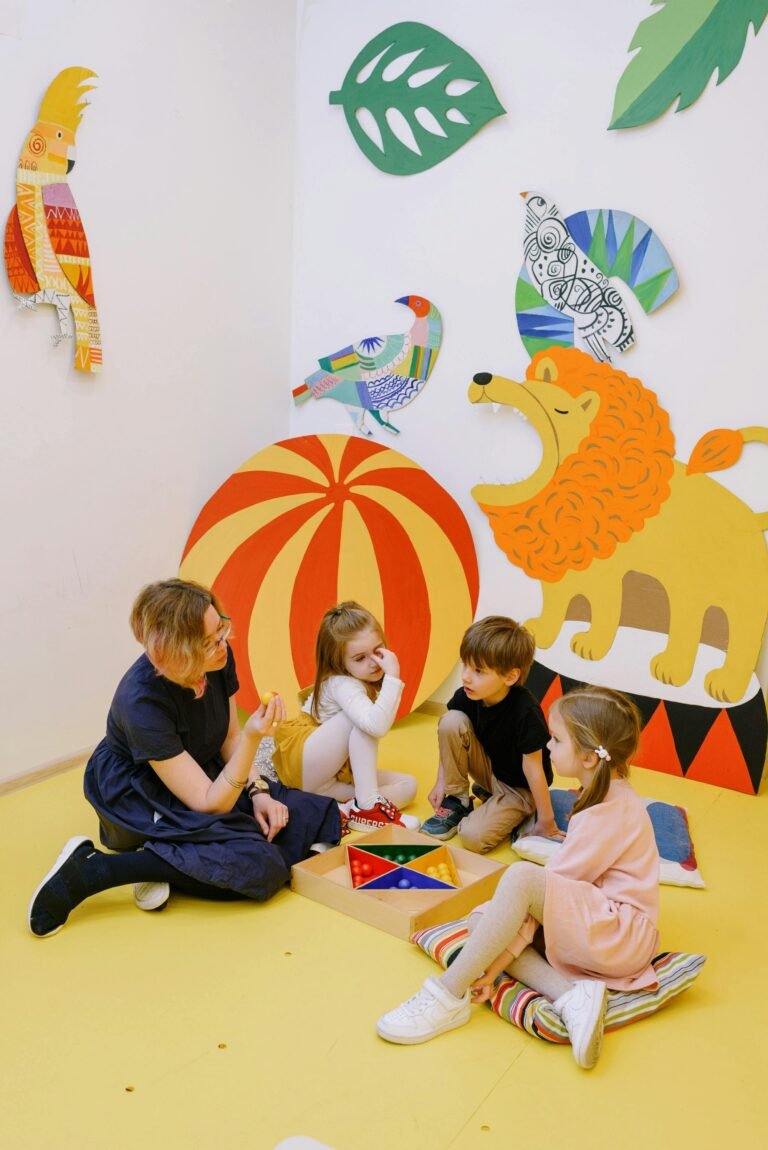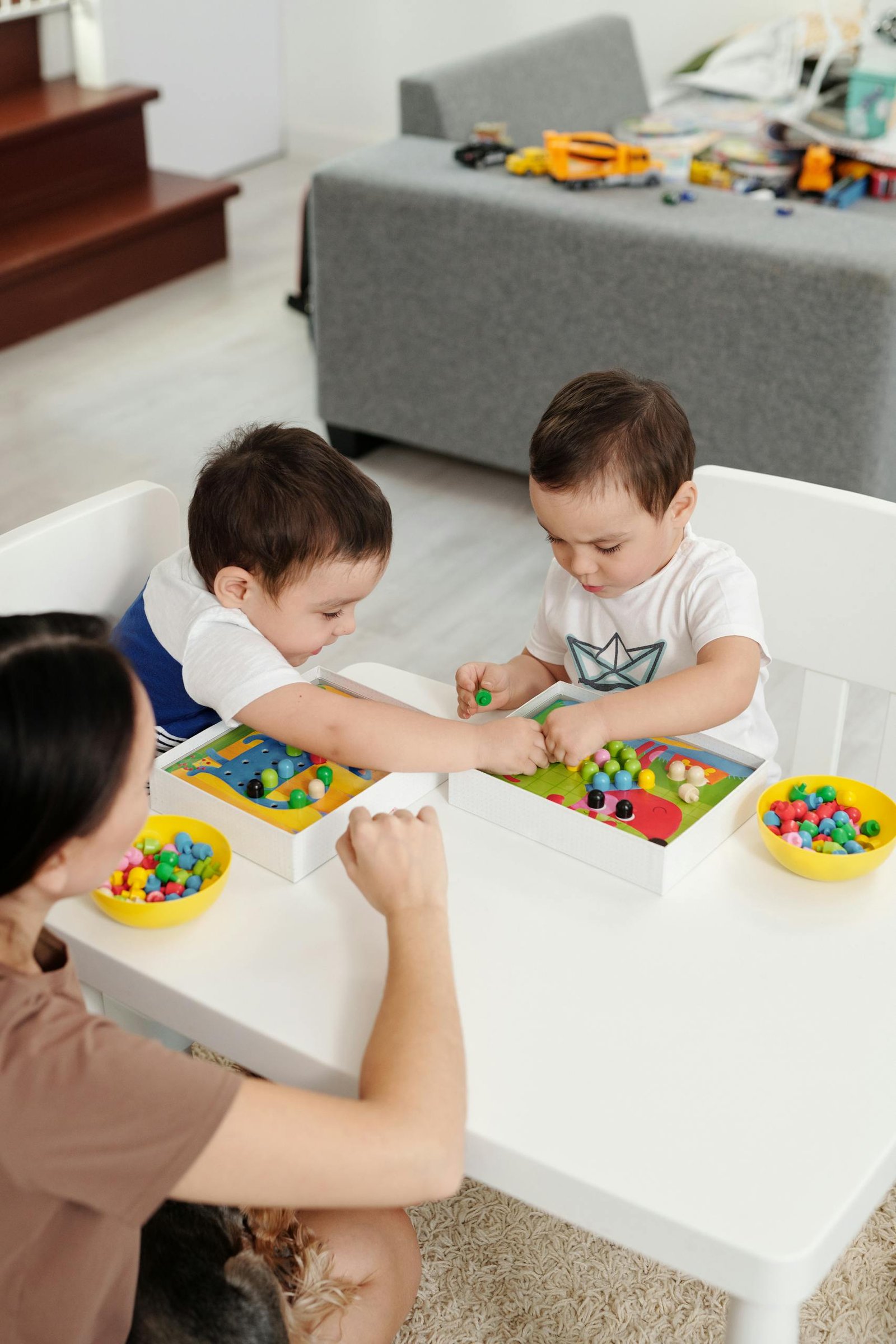
In the realm of autism, toys can be much more than just fun objects. They can transform into valuable tools for learning, communication, and skill development in children with autism. There is a wealth of information available on how to effectively select and use toys with children on the autism spectrum. In this blog entry, we will explore key tips and practical strategies for parents and therapists looking to maximize the potential of play for children with autism.
Practical Tips and Key Strategies
A fundamental perspective is to view toys as learning tools rather than just objects to entertain children. It is essential to understand interaction and directed teaching during playtime. Instead of simply giving a toy to a child and expecting them to play alone, it is recommended that parents and therapists engage actively, using the toy as a means to teach specific skills, from communication to fine motor skills.
Recommended Activities and Games
It is important to focus on functional play activities. This involves using toys and activities with a clear purpose that helps children develop useful life skills. Some examples of recommended activities and games include:
- Construction games: Building blocks, interlocking pieces, or even stackable objects can be used to teach fine motor skills, hand-eye coordination, and concepts like “high,” “low,” “inside,” and “outside.” The key is to demonstrate how to play and guide the child in building, describing each action, and using simple and clear language.
- Imitation games: Toys like play kitchens, toy tools, or dolls allow for role-playing and encourage imitation. It is suggested to use these toys to simulate daily routines such as cooking, cleaning, or caring for a baby. This helps children understand and practice these activities in a playful and safe environment.
- Sensory games: It is important to consider each child’s individual sensory preferences. Some children may enjoy toys with different textures, lights, or sounds, while others may be more sensitive to these stimuli. It is crucial to observe the child’s reactions and adapt the choice of toys to their sensory needs.
Useful Resources and Tools
While physical toys are fundamental, there are also other valuable resources and tools. Numerous additional resources are available, including videos, articles, and downloadable materials on toys, teaching strategies, and therapies for children with autism. These resources can complement general information and provide more comprehensive guidance.
Recommended Products
The focus is not so much on recommending specific brand products, but rather types of toys and how to use them. Recommended toys include building blocks, role-playing toys (kitchens, tools, dolls), and toys that promote manipulation and fine motor skills. Parents and therapists are encouraged to be creative and use everyday objects as toys, as long as they are safe and appropriate for the child. What matters most is not the costliest or most complex toy, but how it is used to interact and teach the child.
Expert Perspectives
It’s important to adopt an expert and evidence-based perspective when considering toys for children with autism. A valuable approach focuses on applying principles of applied behavior analysis (ABA) to play and teaching. This approach emphasizes the importance of early, intensive, and personalized intervention for children with autism, and the fundamental role that play can have in this process.
Key Points and Main Conclusions
The most important messages about using toys in autism can be summarized in these key points:
- Toys as learning tools: See toys as opportunities to teach skills, not just to entertain.
- Interaction and directed teaching: Actively participate in play with the child, showing and guiding learning.
- Functional play: Highly recommended to use toys and activities with a practical purpose that develop useful skills.
- Individualization: Consider sensory preferences and individual needs of each child when choosing toys.
- Creativity and everyday objects: There’s no need to invest large sums in expensive toys; everyday objects can be equally valuable.
- ABA approach: Apply ABA principles to play to maximize learning and development.
These principles can be valuable and practical guidance for parents and therapists looking to use toys effectively with children with autism. By changing how we perceive toys, from seeing them as mere entertainment to learning tools, and by implementing directed teaching strategies during play, we can open up a world of possibilities for the development and growth of these children.
